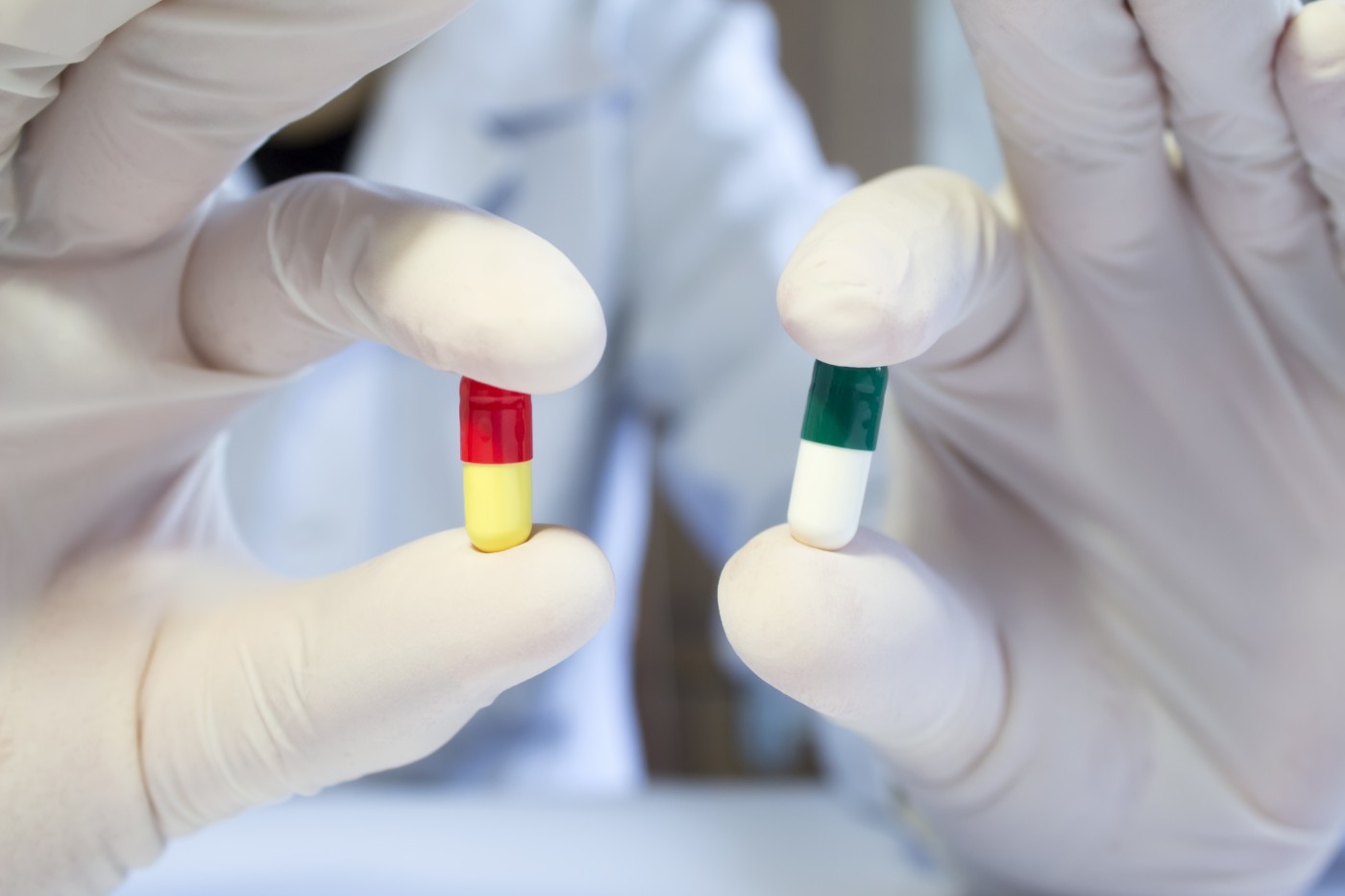PAH Drug Sildenafil Seen to Work Well with Ambrisentan as Combo Therapy

A recent Japanese study suggested that it might be more advantageous to combine sildenafil with ambrisentan than with bosentan as a therapy for patients with pulmonary arterial hypertension (PAH). Researchers found that bosentan reduced the concentration of sildenafil in the plasma when the drugs were taken together, while sildenafil combined with ambrisentan did not interact.
Led by Keiichi Odagiri from Hamamatsu University School of Medicine, Japan, the study was published in the journal Clinical and Translational Science and titled “Pharmacokinetic and Pharmacodynamic Comparison of Sildenafil-Bosentan and Sildenafil-Ambrisentan Combination Therapies for Pulmonary Hypertension.”
The research team measured the plasma concentration of sildenafil before and after four to five weeks of treatment with either of the two combinations. Researchers noticed that sildenafil reached its peak plasma concentration after one hour when combined with ambrisentan, compared to after 30 minutes with bosentan. In addition to the timing, the plasma concentration on the two combinations differed substantially. With ambrisentan, sildenafil reached a maximum concentration of 120.2 ng/mL; with bosentan, sildenafil’s peak plasma concentration was less than half that amount, 58.3 ng/mL. The plasma concentrations measured across eight hours also differed correspondingly, with 396.8ng/h per mL on the ambrisentan combination compared to only 165.8 ng/h per mL for sildenafil with bosentan.
The differences in results, researchers said, stem from an interaction between bosentan and an enzyme breaking down sildenafil — cytochrome P450 3A4. Bosentan increases the activity of this enzyme, interfering with the pharmacokinetics of sildenafil and leading to a faster metabolism of the drug with reduced plasma concentrations. Ambrisentan has no such effect, and when the seven study patients, all taking sildenafil, were switched from bosentan to ambrisentan, their plasma concentrations of sildenafil rose significantly.
Study participants received bosentan 62.5 mg twice daily, rather than the usually recommended 125.0 mg twice daily dose. According to a press release, the researchers explained that Japanese physicians often use this dose since because of concerns of hepatic toxicity at higher doses, even though studies show bosentan’s properties and metabolites are similar in Japanese and Caucasian individuals.
Patients’ exercise tolerance also improved more on the sildenafil-ambrisentan combination compared to the bosentan combination, mirroring the higher levels of sildenafil in the plasma. According to the study, the median distance patients on ambrisentan achieved in the externally paced 10-meter shuttle walking test was 340 meters, compared to 280 meters on bosentan. Median 6-minute walking test results, however, were not significantly different between the groups. Ambrisentan also gave rise to a better peak oxygen consumption and oxygen consumption at the anaerobic threshold.
Since the interaction between sildenafil and bosentan is known from previous studies, the ambrisentan combination might be a better option for PAH patients needing combination therapy. The authors, however, said that large-scale, prospective, and randomized studies are needed to investigate the long-term efficacy and safety of sildenafil combined with ambrisentan for PAH treatment.







